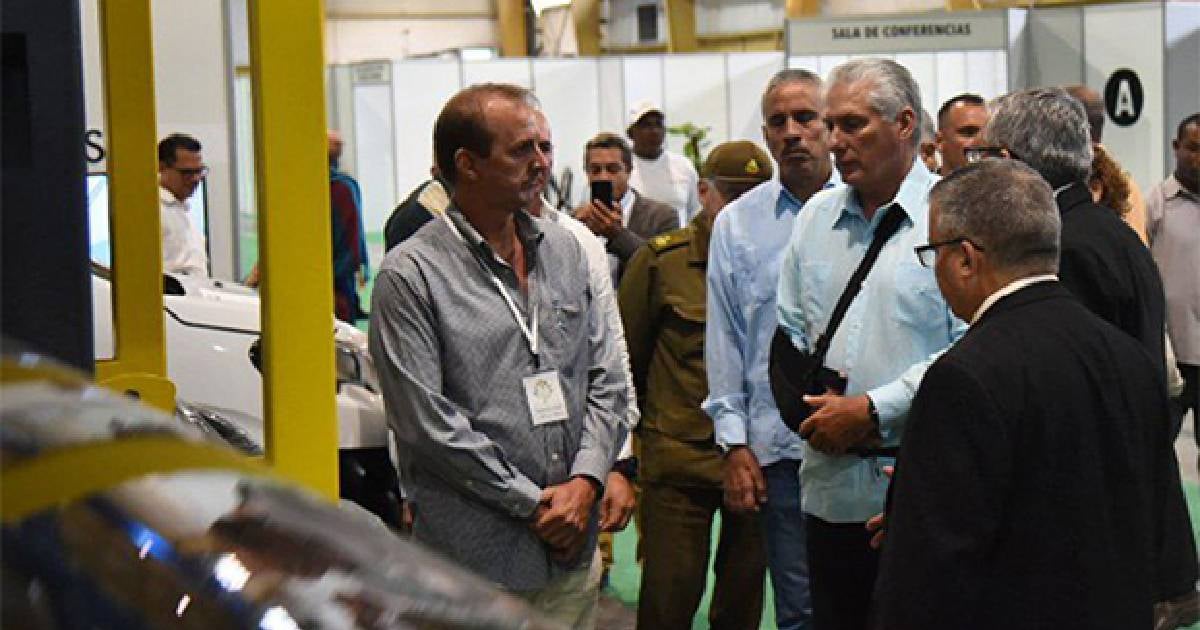
While much of the island faces a severe deficit in electricity generation, Cuban leader Miguel Díaz-Canel attended the closing of the Third International Fair of Renewable Energies and Energy Efficiency in Havana this Friday, which brought together entrepreneurs, investors, and experts to discuss the transition to a more sustainable energy matrix.
The event, which took place at the Pabexpo exhibition center, included workshops, investment forums, and dialogue tables focused on the change of the energy matrix and the development of sustainable energy in Cuba, reported the official portal Cubadebate.
Despite the enthusiasm for renewable energies that the regime aims to instill, the reality for Cubans remains gloomy, as the country is experiencing an energy crisis that keeps thousands of people facing up to 12 hours of blackouts daily.
During the inauguration of the hall, the Minister of Energy and Mines, Vicente de la O Levy, stated that the Cuban government plans to achieve 100% participation of renewable energies in the energy matrix.
"We cannot talk about development, about building a prosperous and sustainable socialism, about energy sovereignty and climate change mitigation without the development of renewable energy sources," stated De la O Levy.
However, while the authorities spoke of the future, the situation of the National Electric System (SEN) remained critical.
The Electric Union (UNE) reported a deficit of up to 1,514 MW during peak hours on September 19, due to failures in several key generating units and the lack of fuel for distributed generation plants.
The energy crisis in Cuba has noticeably worsened throughout September. Since the beginning of the month, the SEN has faced constant failures in its infrastructures, leading to prolonged and recurring blackouts across the country.
On September 1, the deficit was 310 MW; by September 19, that figure rose to 1,514 MW, affecting a large part of the country.
The main causes of the crisis include breakdowns in key units such as the Carlos Manuel de Céspedes Thermoelectric Power Plant (CTE) and the Felton CTE, in addition to the lack of fuel that has left 46 distributed generation plants out of operation.
Although the UNE has tried to reintegrate units to alleviate the deficit, the measures have been insufficient. It is expected that during the peak hours this Friday, the availability of energy will reach 2,300 MW against a demand of 3,300 MW, which will result in an estimated deficit of 1,000 MW, causing new blackouts.
What do you think?
COMMENTFiled under: